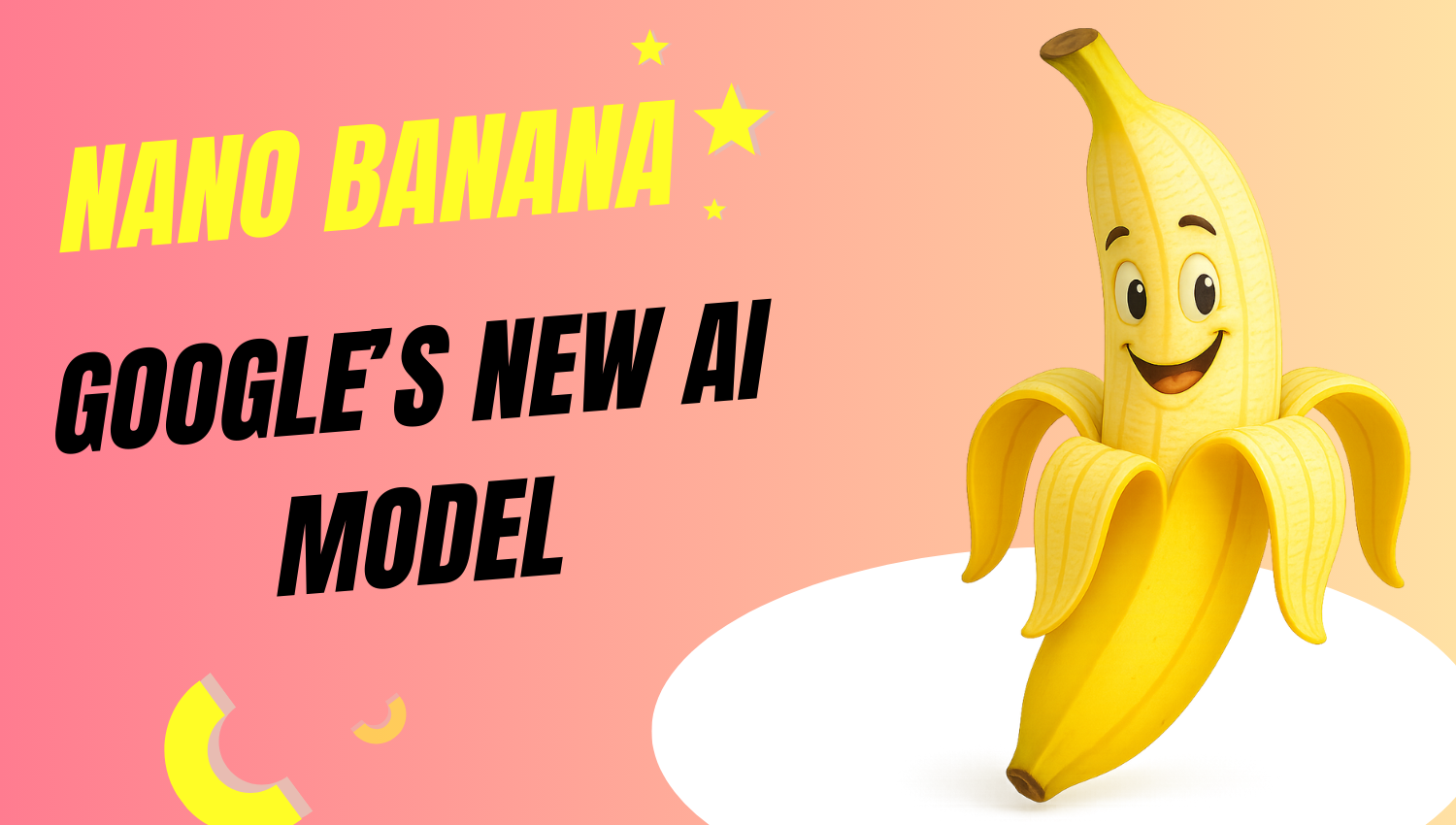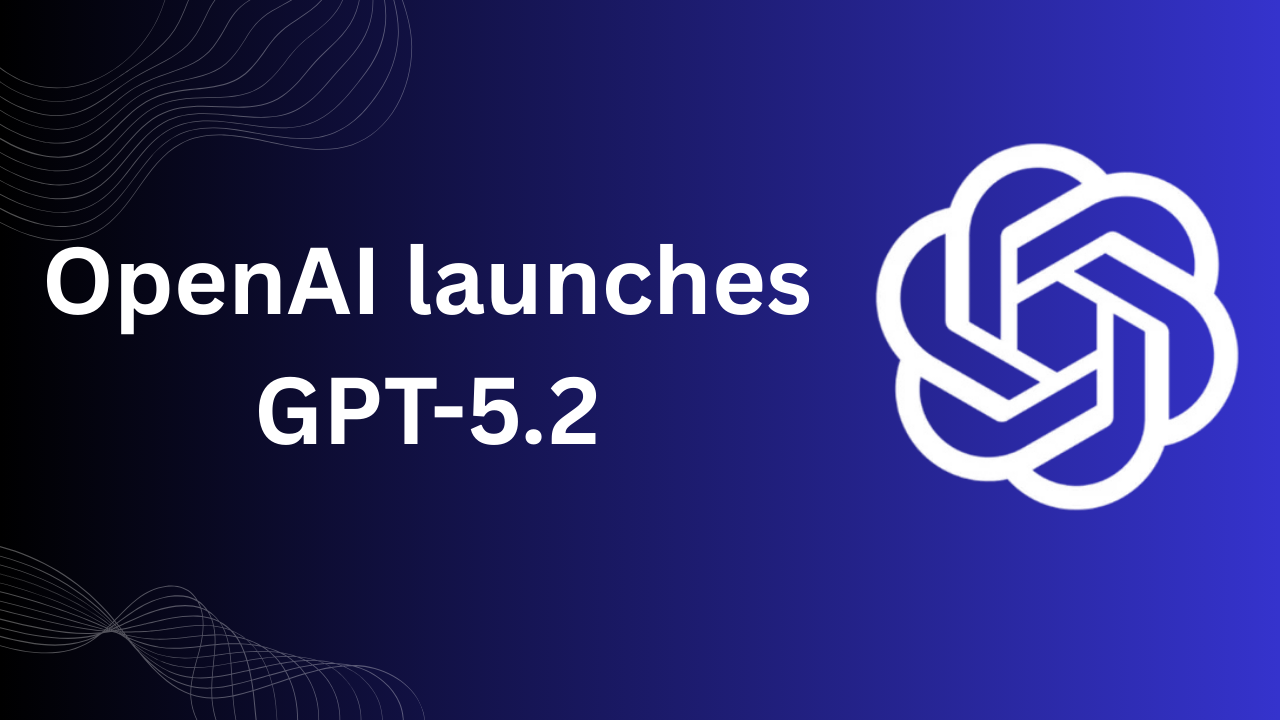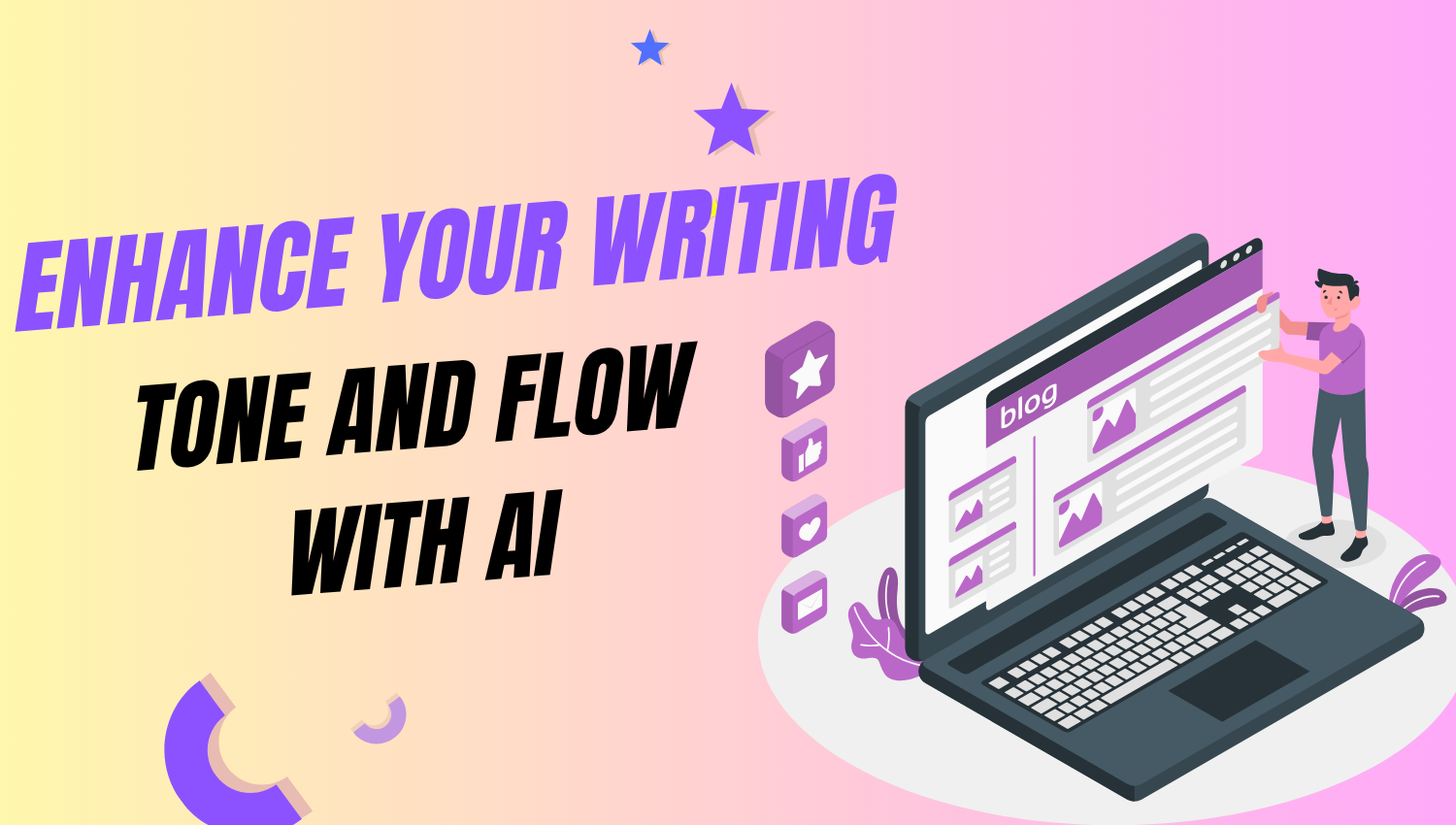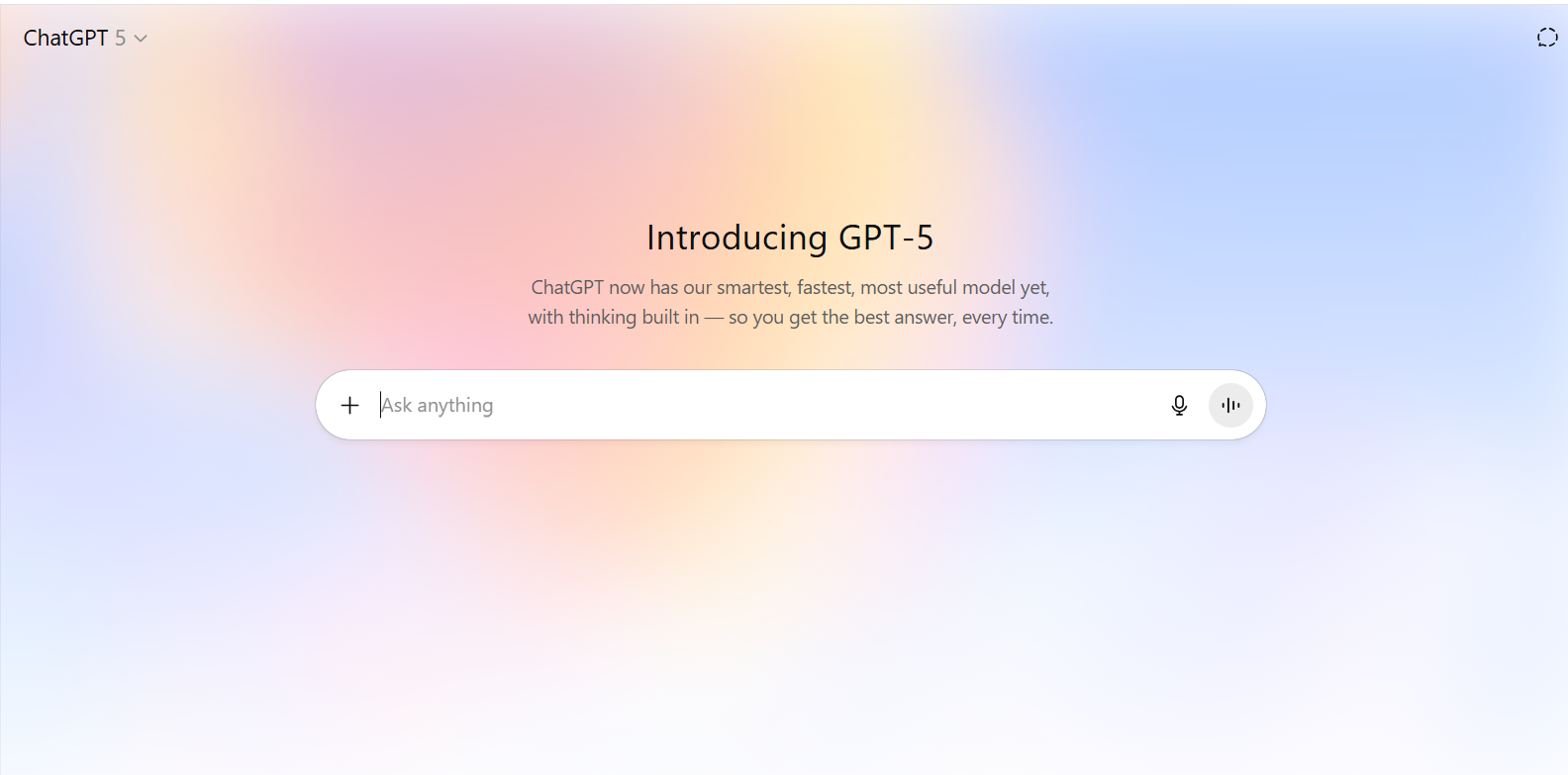Artificial intelligence continues to reshape how we create and interact with visual content. In August 2025, Google introduced a new model under its Gemini suite: Gemini 2.5 Flash Image, popularly nicknamed Nano Banana. Almost overnight, it became a viral trend on social media, with people transforming selfies, pets, and everyday photos into 3D figurine-style artwork.
But beyond the meme-worthy craze, Nano Banana represents a serious leap in AI-powered photo editing. It combines text-to-image generation, precise editing tools, and subject consistency in ways that previous models struggled to achieve. In this article, we’ll explore what Nano Banana is, why it matters, and how you can use it.
What Is Nano Banana?
Nano Banana is the informal name for Google’s Gemini 2.5 Flash Image model. While “Nano Banana” may sound playful, the model itself is a highly advanced AI system designed to edit and generate images with remarkable precision.
At its core, the model does two main things:
- Image editing via text prompts – Users can upload an image and then describe changes in plain English. For example: “Place this person in a beach setting with a vintage filter”.
- Image generation from scratch or multiple inputs – You can combine images, replace backgrounds, or generate new compositions while preserving details like faces and expressions.
Google has integrated Nano Banana into multiple platforms: Gemini App, Gemini API, Google AI Studio, and Vertex AI, ensuring broad access for both casual users and developers.
Key Features of Nano Banana
- Subject Consistency Across Edits: Unlike many AI image tools, Nano Banana can keep a person’s facial details intact even after multiple edits. This makes it ideal for iterative creativity.
- Multi-Image Fusion: The model can merge two or more photos into a single coherent scene. For example, combining a photo of a person with a scenic background.
- Natural Contextual Awareness: Thanks to Google’s advanced world knowledge training, the edits look realistic. A sunset looks like a sunset, and objects blend naturally with the environment.
- Watermarking for Safety: Every generated image carries both a visible and invisible SynthID watermark, making it clear that the content was AI-generated.
- Accessible Through Popular Platforms: Whether you’re experimenting on Gemini App or building apps with the API, Nano Banana is easy to try without specialized design skills.
Why Is Nano Banana Going Viral?
Several factors explain why Nano Banana has taken off so quickly:
- Social Media Friendly – The figurine-style trend has spread rapidly on TikTok, Instagram, and X (Twitter), where users share stylized 3D avatars of themselves.
- Better Realism – Early users report that Nano Banana produces more accurate and consistent faces compared to rivals like Midjourney or earlier Gemini versions.
- Ease of Use – With simple text prompts, anyone can produce high-quality visuals in seconds.
- Creative Versatility – From turning pets into digital toys to creating surreal fantasy scenes, Nano Banana offers endless experimentation.
How to Use Nano Banana
Using Nano Banana is straightforward. Here’s a quick guide:
- Upload Your Image – Start with a selfie, portrait, or any photo.
- Write a Prompt – Example: “Turn this into a futuristic 3D figurine on a crystal base.”
- Refine with Edits – Add extra commands like “make the lighting cinematic” or “add a neon city background.”
- Export and Share – The results can be saved and used across social media or creative projects.
Example Prompts for Nano Banana
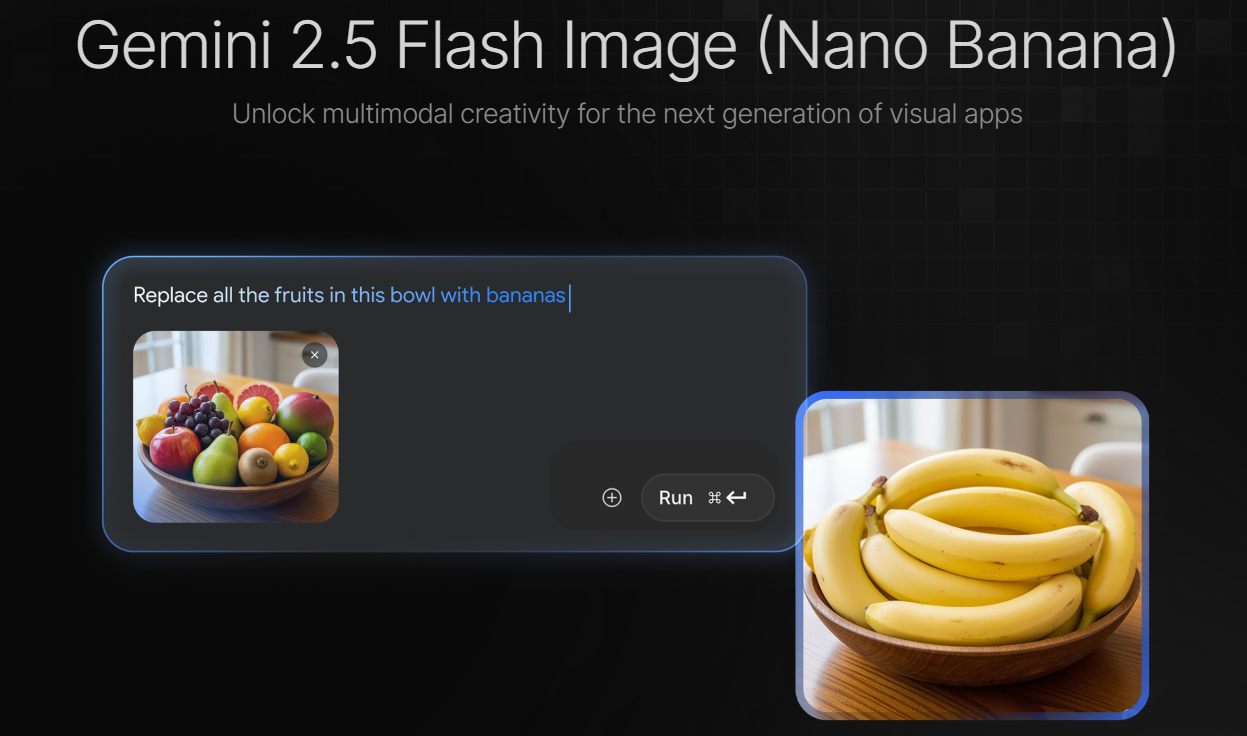
- “Transform this cat photo into a figurine inside a snow globe.”
- “Place this person in a 1980s arcade with neon lighting.”
- “Merge these two photos: me with my dog, standing in front of the Eiffel Tower.”
- “Create a cartoon-style version of this portrait with vibrant colors.”
Nano Banana Pros and Cons
| Pros | Cons |
|---|---|
| High-quality, realistic edits | Still prone to errors with hands or fine details |
| Consistency across multiple images | Availability may vary by region/platform |
| Fun and creative — ideal for social media | Commercial licensing rules not fully clear |
| Easy to use — no design skills needed | Not as detailed as pro tools like Photoshop for niche tasks |
| Built-in watermarking for safety | Requires strong prompts for best results |
Nano Banana Use Cases
- Content Creators: Create engaging thumbnails, posts, and viral content.
- Artists: Experiment with new ideas, blend styles, and generate concepts.
- Photographers: Retouch and reimagine photos with AI-powered control.
- Marketers: Produce quick, eye-catching visuals for campaigns.
- Casual Users: Simply have fun turning photos into figurines or stylized art.
Pricing and Availability
Nano Banana is available through Google’s Gemini 2.5 Flash Image API and related platforms. According to Google, the cost is $30 per 1 million output tokens, with each image consuming roughly 1,290 tokens — meaning one image costs about $0.04 USD.
For most users, access through Gemini App and AI Studio makes it affordable and beginner-friendly.
Conclusion
Nano Banana is more than a quirky nickname — it represents one of the most advanced image editing models available today. By combining precision, consistency, and creativity, Google has built a tool that appeals to professionals and casual users alike.
Whether you’re creating viral social media posts, testing marketing visuals, or simply exploring AI art, Nano Banana offers an accessible and powerful solution. With its mix of realism and fun, it’s no surprise this model has captured global attention.
